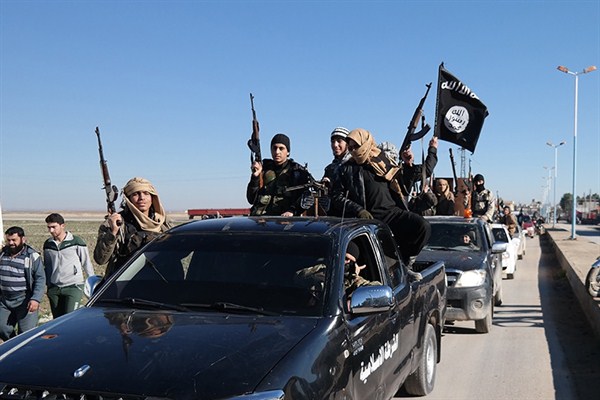Editor's Note: This is the first of a two-part column on the Islamic State’s use of extreme brutality as part of its strategy. Part I looks at the roots and intended effects of that brutality. Part II will examine whether extreme brutality is sustainable or will be the group’s downfall, and what that means for the U.S.-led coalition fighting the Islamic State.
Brutality is a defining characteristic of the so-called Islamic State. While history is littered with violent organizations, few have made it so integral to their strategy and identity. The Islamic State has become “synonymous with viciousness,” as Fawaz Gerges, a professor of international relations at the London School of Economics and Political Science, put it.
The group's rap sheet goes on and on. It includes beheadings, crucifixions, stonings, burnings, burying victims alive, institutionalized rape and slavery—all to an expansive degree. In June 2014 it executed 1,700 young, mostly Shiite military recruits near Tikrit in Iraq. Last year in Syria the Islamic State murdered 700 members of the Sunni Shaitat tribe. It killed 5,000 Yazidi men and enslaved their women and children. Seldom does a week or even day pass without a new atrocity. And unlike recent genocidal dictators and movements, the Islamic State does not attempt to hide its violence, but revels in it. This is significant.

